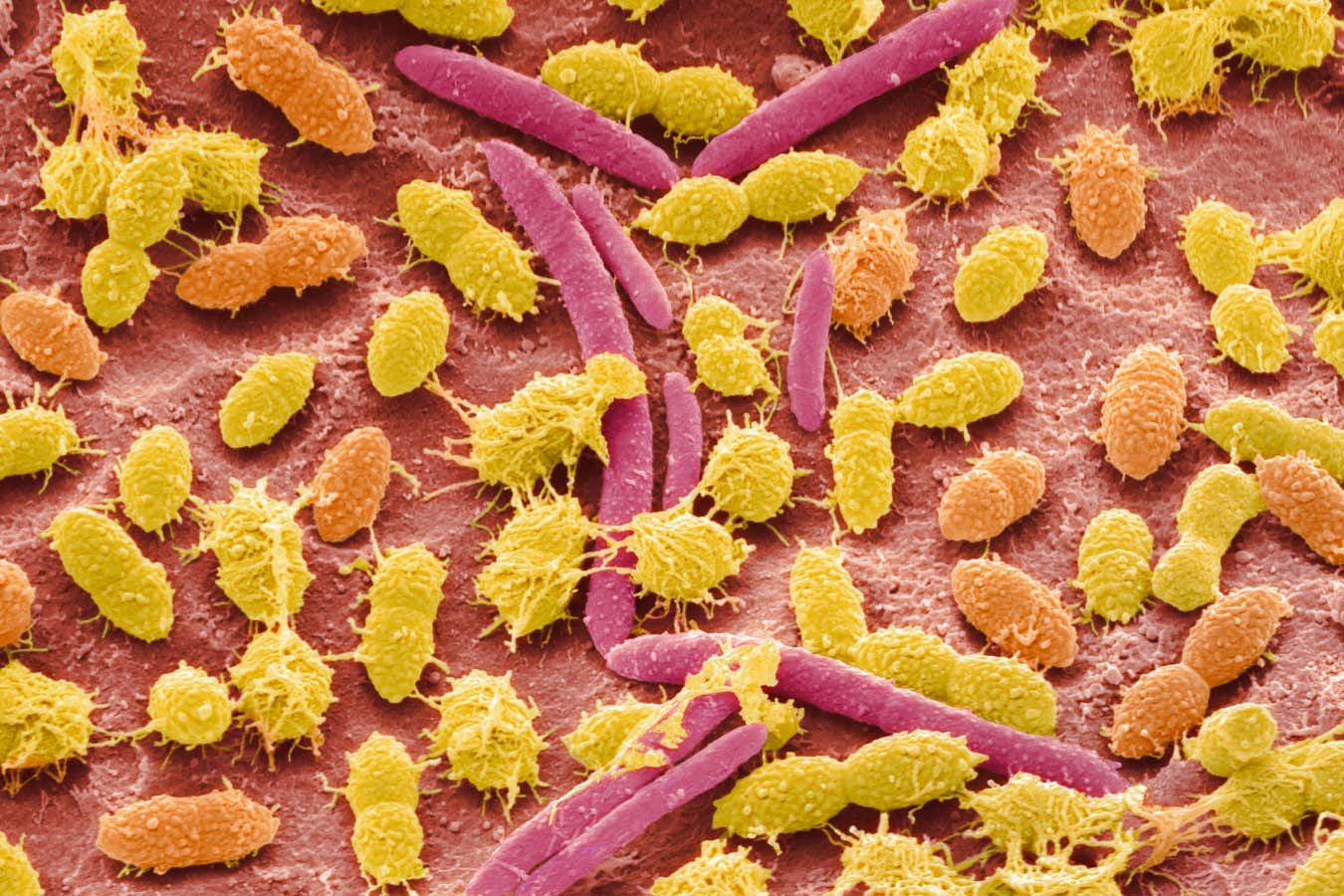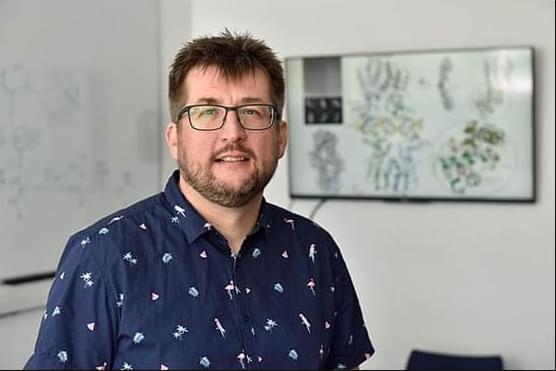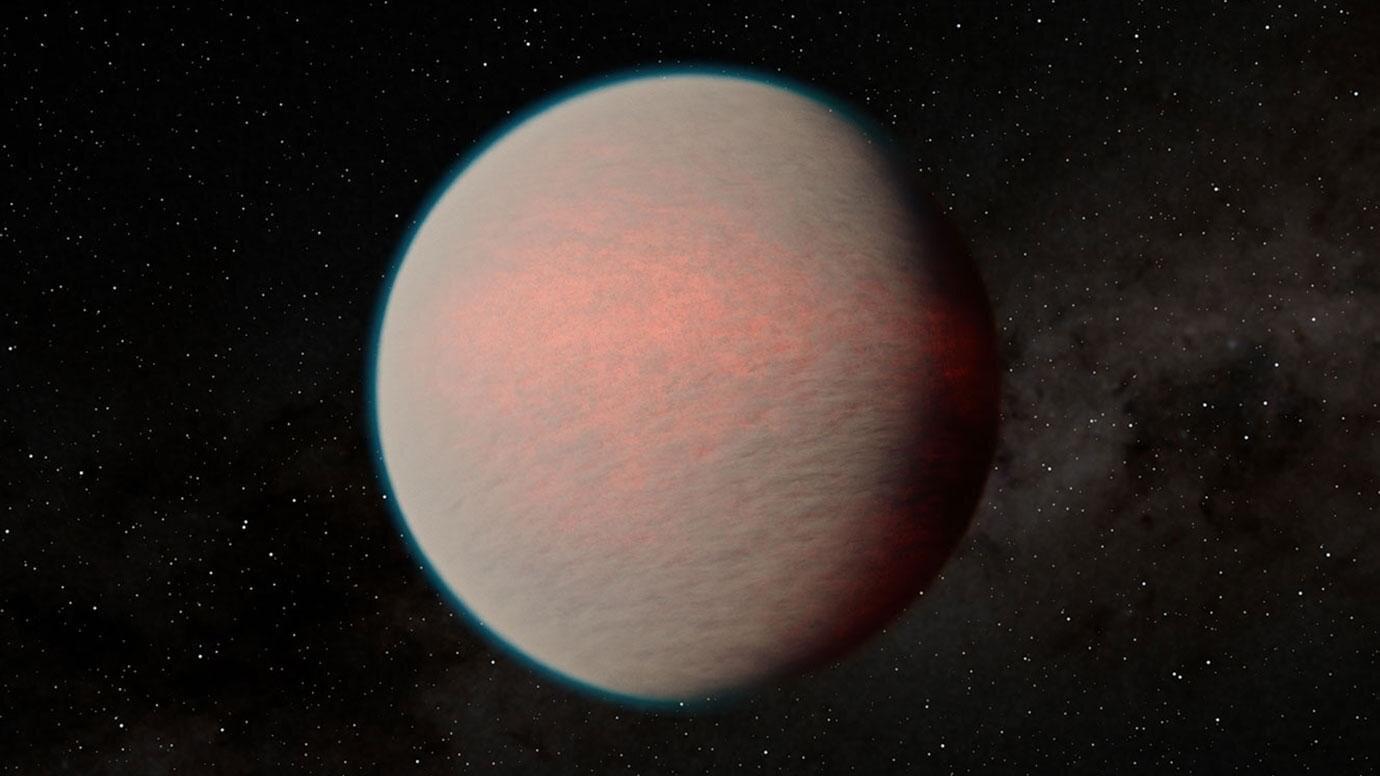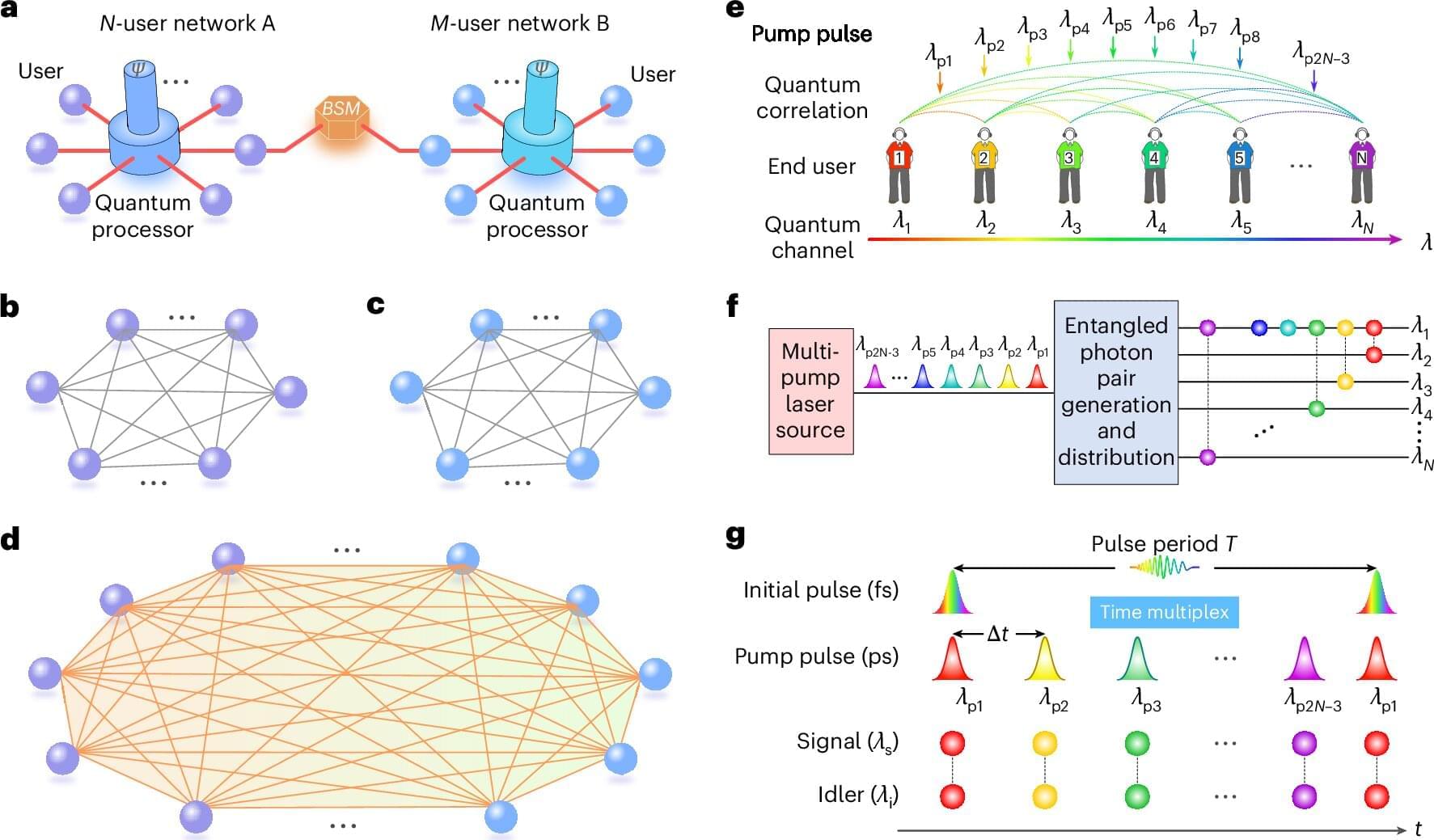Hong–Ou–Mandel experiments on a quantum photonic chip demonstrate on-chip quantum interference of indistinguishable single photons with visibilities exceeding 0.97 for two molecules separately coupled to two waveguides.





What is it that makes a super recognizer —someone with extraordinary face recognition abilities—better at remembering faces than the rest of us?
According to new research carried out by cognitive scientists at UNSW Sydney, it’s not how much of a face they can take in—it comes down to the quality of the information their eyes focus on.
“Super-recognizers don’t just look harder, they look smarter. They choose the most useful parts of a face to take in,” says Dr. James Dunn, lead author on the research that was published in the journal Proceedings of the Royal Society B: Biological Sciences.

In September 2021, a multidisciplinary expedition explored one of the least-known regions of the Bolivian Amazon: the Great Tectonic Lakes of Exaltación in the department of Beni.
Organized by the Grupo de Trabajo para los Llanos de Moxos (GTLM), the mission brought together researchers from the Wildlife Conservation Society, the National Museum of Natural History, the Institute of Ecology, the Biodiversity and Environment Research Center, the Aquatic Resources Research Center, and the Department of Anthropology of the Americas at the University of Bonn.

Chemists from the University of Warwick and Monash University have discovered a promising new antibiotic that shows activity against drug-resistant bacterial pathogens, including MRSA and VRE.
Antimicrobial resistance (AMR) is one of the world’s most urgent health challenges, with the WHO’s new report showing there are ‘too few antibacterials in the pipeline’. Most of the ‘low-hanging fruit’ has already been found, and the limited commercial incentives deter investment in antibiotic discovery.
In a new study published in the Journal of the American Chemical Society, researchers from the Monash Warwick Alliance Combatting Emerging Superbug Threats Initiative have discovered a promising new antibiotic — pre-methylenomycin C lactone. The newly discovered antibiotic was ‘hiding in plain sight’ – as an intermediate chemical in the natural process that produces the well-known antibiotic methylenomycin A.

As telescopes have become more powerful, it’s turned out our solar system is not the only game in town: There are millions of other planets out there in the galaxy. But we’re still teasing out clues about what they are actually like.
One of the puzzles is a kind of planet that appears to be one of the most common types in the universe. Known as “mini-Neptunes” because they run a little smaller than Neptune in our solar system, these planets are made of some mix of rock and metal, with thick atmospheres mostly made of hydrogen, helium, and perhaps water. Strangely, despite their abundance elsewhere, they have no analog in our own solar system, making the population something of an enigma.
But a new study published Nov. 5, led by Prof. Eliza Kempton with the University of Chicago, adds a new wrinkle to our best picture yet of these distant worlds. The research is published in The Astrophysical Journal Letters.

Many quantum researchers are working toward building technologies that allow for the existence of a global quantum internet, in which any two users on Earth would be able to conduct large-scale quantum computing and communicate securely with the help of quantum entanglement. Although this requires many more technological advancements, a team of researchers at Shanghai Jiao Tong University in China have managed to merge two independent networks, bringing the world a bit closer to realizing a quantum internet.
A true global quantum internet will require interconnectivity between many networks, and this has proven to be a much more difficult task for quantum networks than it is for classical networks. While researchers have demonstrated the ability to connect quantum computers within the same network, multi-user fusion remains a major challenge. Fully connected networks using dense wavelength division multiplexing (DWDM) have been achieved, but have scalability and complexity issues.
However, the research team involved in the new study, published in Nature Photonics, has merged two independent networks with 18 different users. All 18 users can communicate securely using entanglement-based protocols using this method. This represents the most complex multi-user quantum network to date.

Depression is one of the most widespread mental health disorders worldwide, characterized by persistent feelings of sadness, a loss of interest in everyday activities, dysregulated sleep or eating patterns and other impairments. Some individuals diagnosed with depression also report being unable to pay attention during specific tasks, while also experiencing difficulties in planning and making decisions.
Recent studies have uncovered different biotypes of depression, subgroups of patients diagnosed with the condition that exhibit similar neural circuit patterns and behaviors. One of these subtypes is the so-called “cognitive biotype,” which is linked to a reduced ability to focus attention and inhibit distractions or unhelpful thinking patterns.
Researchers at Stanford University School of Medicine and the VA Palo Alto Health Care System recently carried out a study assessing the potential of guanfacine immediate release (GIR), a medication targeting neural processes known to be impaired in people with the cognitive biotype of depression.

Research led by Korea University Ansan Hospital reports finding an association between moderate to severe obstructive sleep apnea and increased risk of cerebral microbleeds.
Cerebral microbleeds appear as small lesions on MRI scans and are regarded as early markers of brain damage. Links with symptomatic stroke and dementia have been well documented, with prevalence ranging from 3% in middle age to 23% in older adults.
Known modifiable factors include smoking, hypertension, dyslipidemia, diabetes, and cardiocerebrovascular disease. Previous studies probing sleep apnea and microbleeds have yielded mixed results, suggesting the need for more comprehensive study.